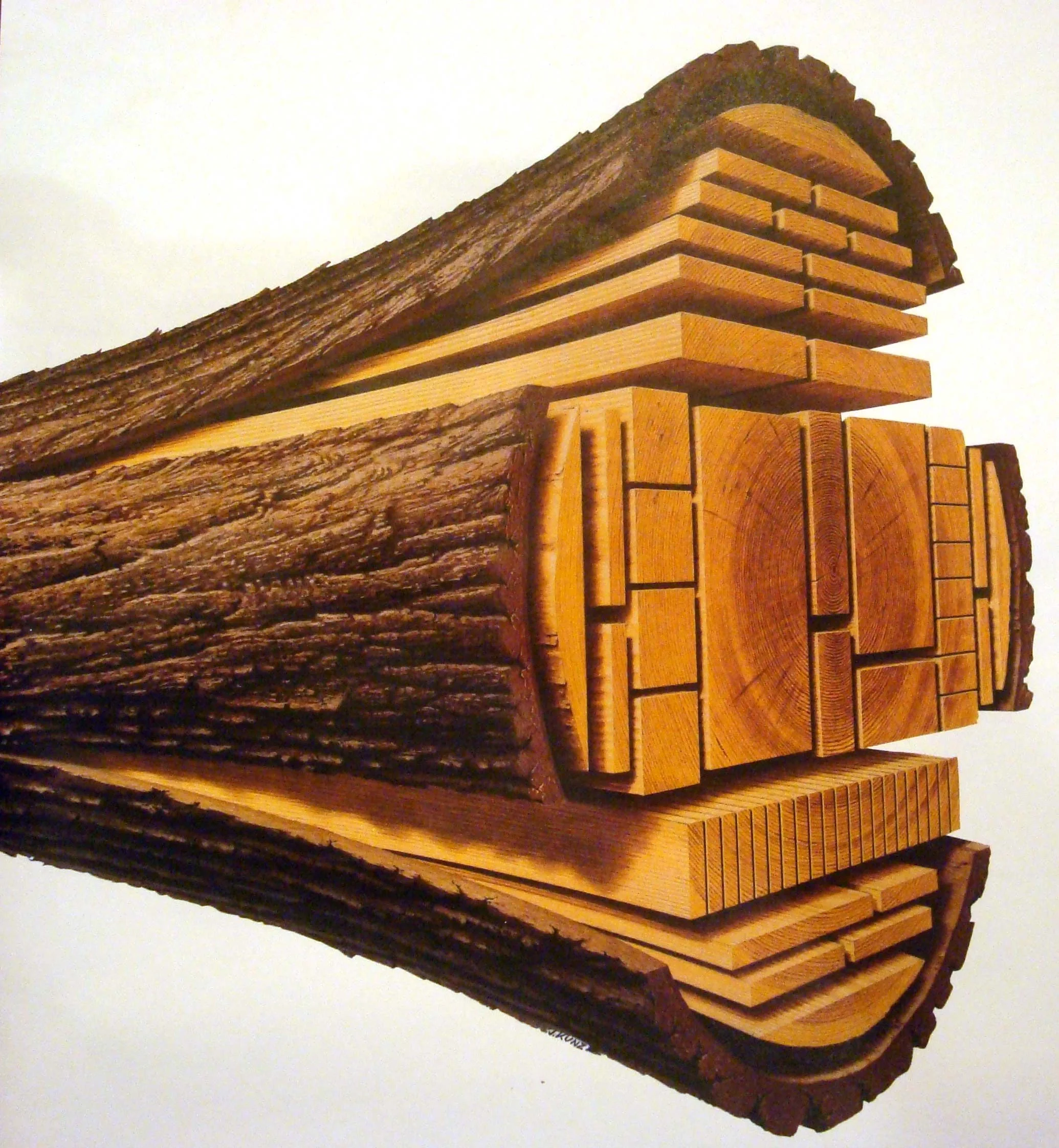RUBBER WOOD
The rubber tree originates from the Amazon rainforest, increasing demand and the discovery of the vulcanisation process in 1839 led to a rubber boom. By 1875 the British Empire had started trying to cultivate the tree, after several trials and errors germinated seeds were sent to India, Sri Lanka, Singapore and Malaysia. The tree was extensively spread across the British colonies.
By the late 19th century a rubber plantation had been established in Malaya. Today most rubber tree plantations are predominantly in South and Southeast Asia.
Rubber wood is the wood that is harvested and processed from a rubber tree, also known as Hevea brasiliensis, other names include “Para Wood”, “Malaysian Oak” and “White Mahogany”.
Rubber wood plantations are considerable and widespread in the Southwest region of Nigeria. Most of the plantations within Nigeria were established in the beginning of the 20th century as a response to the booming rubber market.
Rubber trees are grown in plantations for the purpose of harnessing rubber latex. The trees produce this latex up until they are roughly 20 years old, between the ages of 20-25 the trees start to decline in their latex production and by the age of 30 most trees stop producing their rubber all together. After which they are no longer viable for latex production. In Nigeria these trees are cut down and used as firewood or to make charcoal, this takes a toll on the environment, emitting large sums of carbon dioxide into the atmosphere.
Rubber wood is a very sturdy yet flexible wood; it has a slightly yellowish appearance with an open grain texture. The recognition of the trees’ wood has led to a rise in demand for rubber tree products. Overtime it has proven to provide a variety of advantages in terms of cost-effectiveness, eco-friendliness and availability.
Rubber wood products are environmentally friendly since it recycles the trees that are post-latex production. The trees are felled, treated and recycled into wooden furniture and other wooden products.
Woodland Nigeria is highly devoted to sustainability and environmental concerns, which is why we dedicate a team to R&D in treatment methods when reusing felled plantations trees.









